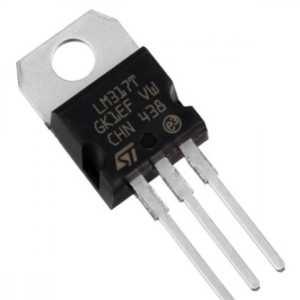ARDUINO UNO Development Board DIP
₹490 +Tax and Shipping.Specifications:
- Microcontroller ATmega328 DIP – Interface CH340G
- Operating Voltage: 5V
- Input Voltage (recommended): 7-12V
- Digital I / O Pins 14
- PWM output PINS: 6
- Analog Input Pins: 6
Showing all 2 results
Specifications:
Specifications
| Parameter | Value |
| Operating Voltage | 3.3V DC |
| Analog Output | Yes |
| Temperature Range | -40°C to 90°C |
| Cable Length | 50 cm |
| Board Dimensions | 36mm x 30mm x 18mm |
| Weight | 5g |
| Connector Type | 3.5mm Jack for ECG pads |
End of content
End of content
Be the first to know about our new arrivals, exclusive offers and the latest fashion update.
By subscribing, you agree to our privacy policy.
We have something special for you
Use above code to get 20% off for your first order when checkout. Don't miss it.
 IRLZ44N MOSFET
₹30 +Tax and Shipping.
IRLZ44N MOSFET
₹30 +Tax and Shipping.
 2N2222 NPN Transistor (Pack of 10)
₹15 +Tax and Shipping.
2N2222 NPN Transistor (Pack of 10)
₹15 +Tax and Shipping.
 LM317 Voltage Regulator IC (Pack of 2)
LM317 Voltage Regulator IC (Pack of 2)
 36mm 0.5W 8Ω Mini Speaker Cone
₹30 +Tax and Shipping.
36mm 0.5W 8Ω Mini Speaker Cone
₹30 +Tax and Shipping.
 LM35 Temperature Sensor
₹70 +Tax and Shipping.
LM35 Temperature Sensor
₹70 +Tax and Shipping.
 BC547 NPN Transistor (Pack of 4)
₹10 +Tax and Shipping.
BC547 NPN Transistor (Pack of 4)
₹10 +Tax and Shipping.
In order to provide you a personalized shopping experience, our site uses cookies. By continuing to use this site, you are agreeing to our cookie policy.